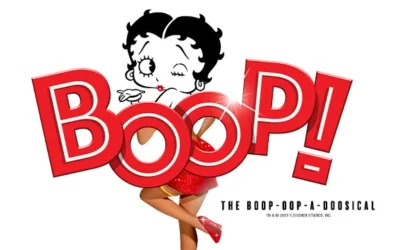With dwindling attendance and TV ratings across the board for NASCAR’s most popular series, fans, drivers, NASCAR officials, and media members are beginning to speculate whether a decline in cautions is causing a loss of interest in the sport. Saturday’s race at Richmond International Raceway was the third consecutive Sprint Cup Series race to run with long stretches of green-flag racing and no multi-car wrecks.
In response to declining ticket sales and in an attempt to give fans what they want, Bruton Smith, chairman of Speedway Motorsports Inc. recently announced changes to Bristol Motor Speedway that will hopefully lead to less side-by-side racing and more passing. ESPN.com reported that after the 2007 reconfiguration of “The World’s Fastest Half Mile,” several fans complained about the lack of bumping on the track. This time around, changes will include grinding the upper groove in the corners, rather than tearing up the progressive banking as Smith had originally alluded to in his announcement after the March 18 race.
According to ESPN.com, while many drivers are happy with the current conditions at Bristol, it is obvious that fans are pleased with Smith’s decision as ticket sales have tripled since the changes were announced. Only half of the 160,000 seats were full for the March Sprint Cup race and according to the Asheville Citizen-Times, attendance was at 58,000 less than capacity.
Fans, drivers, and NASCAR officials can argue all day about what constitutes good racing and what should be done to make both the drivers and fans happy. There is no denying that most fans attend a race to see a good wreck, but with changes constantly made to the cars and the rules, the wild crashes that once made the sport popular are becoming few and far between.
“I don’t think it’s right to say that we need wrecks,” said NASCAR driver Carl Edwards in a statement to the Associated Press, explaining that wrecks are not necessary for good racing. “That’s just a messed-up thing to say. I think we need good racing, and I think if you’ve got guys that are able to race close together and guys that are able to come through the field because their car is better and they can actually pass people, you are going to get excitement.”
According to SportingNews, caution flags are down by 50 percent this season and over the past three Sprint Cup races, there have been a total of 10 cautions, with seven of the cautions called for debris. NASCAR has been criticized in the past for throwing phantom caution flags, or yellow flags for nonexistent debris, as a way of bunching up the field to create more excitement.
Saturday’s race at Richmond is an example of how the entire outcome of a race can be changed by throwing a late caution flag. With just 13 laps remaining, NASCAR threw a yellow flag for debris, which caused Tony Stewart to lose the lead to Kyle Busch on pit road and handover a possible victory, leaving Stewart to wonder about the legitimacy of the caution flag.
“When the caution is for a plastic bottle on the backstretch, it’s hard to feel good about losing that one,” Stewart said following the controversial finish.
According to SportingNews, it is imperative for NASCAR to figure out what has led to the decline in pack racing and natural cautions in order to eliminate the need to call controversial yellow flags.
If the reason for lower attendance and TV ratings really is a loss of excitement and interest in the sport, then Smith has the right idea by making changes to tracks like Bristol where more and more seats are left empty on race day.
In addition to making changes to the track, ESPN.com reported that Smith has also spoken with Goodyear about using softer tires for the August race, which will wear easier, creating a larger variance of speed and more competition among the field.
Whatever the reason for the recent lack of wrecks, the drivers have definitely recognized the change and several had offered up their thoughts on the cause. Driver Brad Keselowski points to another factor in the recent lack of cautions. “Aerodynamics are taking over the sport and we can’t get close enough to each other to wreck each other,” said Keselowski in a recent USA Today article. “That’s the reality of it. When you can’t get close to someone because aerodynamic effects of the cars, the potential to wreck is a lot less no matter what the situation.”
With the new points system in place, winning races is just as important as being consistent, and according to USA Today, champion Kevin Harvick believes this has caused drivers to race more cautiously. “Everyone is trying to win races, so you need as few enemies as possible at this point,” Harvick said.
While the lack of wrecks has likely had some effect on attendance, the struggling economy has also put a damper on overall ticket sales with many fans unable to afford the high ticket prices and cost of travel.
Jack Ingram, a long-time racer told the Asheville Citizen-Times, that the way for the sport to thrive is to return to its roots and agrees that close racing is what fans come to see. “They ruined that Atlanta track, expanding it to 175,000 seats,” Ingram said. “No way they are ever going to sell that many tickets. Let’s get back to good, close racing. You build a three-quarter-mile track and let them race, and the people will come watch that.”



